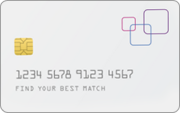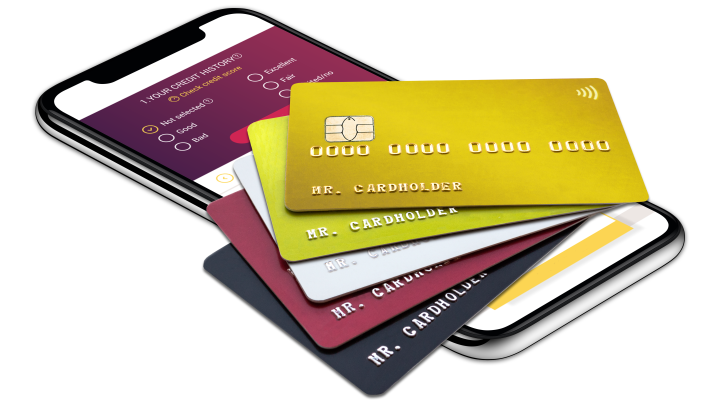The content on this page is accurate as of the posting date; however, some of the offers mentioned may have expired.
Millions of Americans are in high levels of credit card debts simply because they do not understand credit card interest. If you are one of the many consumers who have no idea how the interest on their cards is calculated, you might have made a couple mistakes when it comes to your credit card usage. Hopefully those mistakes haven’t landed you in a position where your debt is uncontrollable, and you are unable to keep up with monthly payments. Here is a detailed look at how banks, financial institutions and other types of lenders levy interest rates against consumers who hold their credit cards.
Every credit card comes with an annual percentage rate commonly known as APR which is the percentage of interest charged on credit card transactions per year. The APR is divided by 365 (the amount of days in a year), and the result is the daily rate charged on any purchases, cash advances and balance transfers made by consumers on their plastics. Keep in mind that credit cards usually come with different APRs for different transactions and usually cash advances come with the highest interest rates. For example, a particular credit card may come with an APR of 9.8% for new purchases, 4% for balance transfers and 22% for cash advances. Once you make any of these transactions, the daily interest starts being added to your credit card balance until the full debt is paid either before or on the specific date of your billing.
With the increasing level of competition in the credit card industry, many lenders are offering very attractive deals to consumers who sign up for their cards. One popular offer for new customers is to give them an introductory period within which zero interest is charged on their credit card purchases as long as their debts are settled fully by the due date of their billing statement.
Failure to settle credit card debts in full by the billing statement due date is one of the main reasons why many Americans are facing mountains of credit card debt. Once a late payment is made, charges are levied against consumers and this new charge is added to the existing balance, which means it will also attract interest daily. Once consumers fail to make their payments in full at the end of every month, the penalty fees keep racking up and this means their outstanding balance keeps increasing at a very quick pace over time. This balance also attracts high interest which makes it even more difficult for consumers to keep up with their monthly payments.






